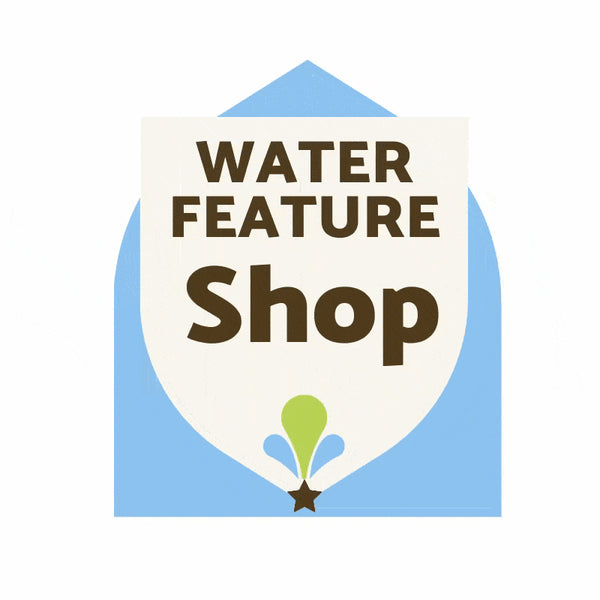Beneficial Bacteria - BioLake Sachets
Beneficial Bacteria - BioLake Sachets
Couldn't load pickup availability
Introducing BioLake Packets, the premium pond contractor strength beneficial bacteria product, perfect for Koi Ponds and Lakes. This powerful dry formula is expertly designed to reduce and break down organic waste efficiently, enhancing pond health and clarity.
Key Features:
- Ideal for Koi Ponds and Lakes.
- Each sachet treats 100 square meters of surface area.
- Initial 5-day treatment plan for silt and organic waste reduction.
- Safe, chemical-free formula packed with beneficial bacteria.
- Monthly maintenance dose for ongoing water quality.
- Supports natural waste management in ponds and lakes.
- Compatible with mechanical and biological filtration systems.
BioLake Packets offer a simple yet effective solution for maintaining a healthy aquatic environment. By following the recommended dosage, you can rapidly improve water conditions, supporting Mother Nature's waste control system.
How much BioLake do I need to dose?
To determine the correct dosage of BioLake for your pond or lake, follow these guidelines:
-
Initial Dose (for reducing silt or organic waste):
- The initial treatment is spread over 5 days.
- Each sachet of BioLake treats up to 100 square meters (this measurement is the surface area of the water body).
- Administer one sachet per day for each 100 square meters of surface area.
- For example, if your pond is 300 square meters, you will need 3 sachets per day for 5 days:
- 3 sachets on Monday
- 3 sachets on Tuesday
- 3 sachets on Wednesday
- 3 sachets on Thursday
- 3 sachets on Friday
-
Maintenance Dose:
- After the initial treatment, use one sachet per month for every 100 square meters of surface area.
-
Reduction Dose:
- You can increase the dosage if you wish to accelerate the waste reduction process, as BioLake does not contain harmful chemicals. It's mainly composed of beneficial bacteria.
- Doubling or tripling the amount is safe, depending on the desired speed of waste reduction.
-
Ongoing Treatment:
- Regular monthly additions of BioLake support the ecosystem in controlling organic waste buildup.
Remember, the use of BioLake is part of a holistic approach to pond management, which can include mechanical and biological filtration systems like intake bays and wetland filters. These methods enhance the effectiveness of BioLake in any size pond or lake.
Can you overdose with BioLake?
No, you cannot overdose your pond or lake with BioLake. This product is formulated with beneficial bacteria and is free from harmful chemicals, making it safe to use in larger quantities. Increasing the dosage can be beneficial if you're looking to accelerate the process of waste reduction or silt removal.
The flexibility in dosing is one of the key advantages of BioLake. It's designed to work with the natural ecosystem of your pond or lake, aiding in breaking down organic matter without disrupting the balance of the aquatic environment. Even if you double or triple the recommended dosage, it won't harm your fish, plants, or wildlife.
However, while it's safe to increase the dosage, it's always best to follow the recommended guidelines for maintenance doses to ensure optimal results and maintain a balanced, healthy pond or lake ecosystem.
Is beneficial lake bacteria worth the investment?
Investing in beneficial lake bacteria can be very worthwhile, especially for maintaining the health and balance of a man-made or significantly altered natural lake. Here are several reasons why beneficial bacteria are a valuable investment:
-
Improves Water Quality: Beneficial bacteria break down organic waste, such as dead plants, fish waste, and excess nutrients, which can improve water clarity and reduce the likelihood of harmful algae blooms.
-
Natural Solution: Using bacteria is a natural, eco-friendly approach to lake management. It avoids the use of harsh chemicals that can harm aquatic life and disrupt the ecosystem.
-
Reduces Sludge: These bacteria can help minimize the buildup of sludge on the lake bed by breaking down organic matter, which can otherwise lead to foul odours and a reduction in water depth over time.
-
Supports a Healthy Ecosystem: By aiding in the breakdown of organic matter and the cycling of nutrients, beneficial bacteria help create a balanced, healthy aquatic ecosystem conducive to fish, plants, and other wildlife.
-
Cost-Effective in the Long Run: Although there's an upfront cost, using beneficial bacteria can be more cost-effective over time compared to chemical treatments, which may require frequent reapplications and can have unintended side effects on the lake's ecosystem.
-
Algae Control: They can help control algae growth by consuming excess nutrients that algae feed on, thus reducing the need for chemical algaecides.
-
Enhances Aesthetic Appeal: A cleaner, clearer lake is more aesthetically pleasing, which can be important for recreational areas, residential properties, or commercial spaces.
-
Fish Health: By maintaining a balanced environment and reducing harmful ammonia and nitrite levels, beneficial bacteria create a healthier habitat for fish.
-
Low Maintenance: Once established, bacterial colonies can sustain themselves and continue to work effectively with minimal intervention.
-
Adaptability: Beneficial bacteria products are available for different environmental conditions, including varying temperatures and types of organic waste.
Before investing, it's important to assess the specific needs of your lake. Factors like the size of the lake, existing ecological balance, the presence of fish and other wildlife, and the desired outcome should be considered. In many cases, consulting with an aquatic management professional can provide valuable insights tailored to your lake's unique situation.
How do you make beneficial bacteria for a Lake?
Creating your beneficial pond or lake bacteria is a challenging process, as it involves cultivating specific strains of bacteria that are effective in a pond environment. However, there are ways to encourage the growth of beneficial bacteria naturally in your pond. Here's a general approach:
-
Provide a Suitable Environment:
- Aeration: Ensure your pond water is well-oxygenated. Beneficial bacteria thrive in oxygen-rich environments. Use a pond aerator or fountain to keep the water moving and oxygenated.
- Temperature: Most beneficial bacteria are active in warmer temperatures. They naturally become more active in spring and summer.
-
Add Natural Sources of Beneficial Bacteria:
- Pond Plants: Aquatic plants not only add oxygen to the water but also provide surfaces for beneficial bacteria to colonize.
- Healthy Fish Population: A balanced number of fish will produce waste, which, in turn, provides a food source for beneficial bacteria without overwhelming the pond.
- Garden Compost: Some pond owners add small amounts of garden compost to introduce microorganisms, though this should be done cautiously to avoid overloading the pond with nutrients.
-
Use Starter Cultures:
- You can purchase commercially available beneficial bacteria in liquid or powder form and add them to your pond according to the product's instructions. These are specially formulated to kickstart the bacterial colonies in your pond.
-
Maintain Cleanliness:
- Regularly clean pond filters and remove debris from the pond. While you don’t want to remove all organic material (as it's a food source for bacteria), keeping the pond clean helps maintain a healthy balance.
-
Avoid Chemicals:
- Limit the use of chemicals and algaecides, which can harm beneficial bacteria. Natural methods of algae control are preferable.
-
Monitor Water Quality:
- Regularly check the pH, ammonia, nitrite, and nitrate levels in your pond. A balanced pond will support the growth of beneficial bacteria.
While these methods can help promote the growth of beneficial bacteria, it’s important to note that cultivating a specific blend of bacteria (like those found in commercial preparations) at home is complex and requires a lab setup. For most pond owners, using commercially available preparations and creating a healthy pond environment is the most effective way to establish and maintain beneficial bacterial colonies.
Have any of these questions?
How to use
How to use
Shipping
Shipping
Our shipping fees apply to UK residents. If you're further afield then reach out to us with your order, then dispatch cant calculate the shipping fees
Return policy
Return policy
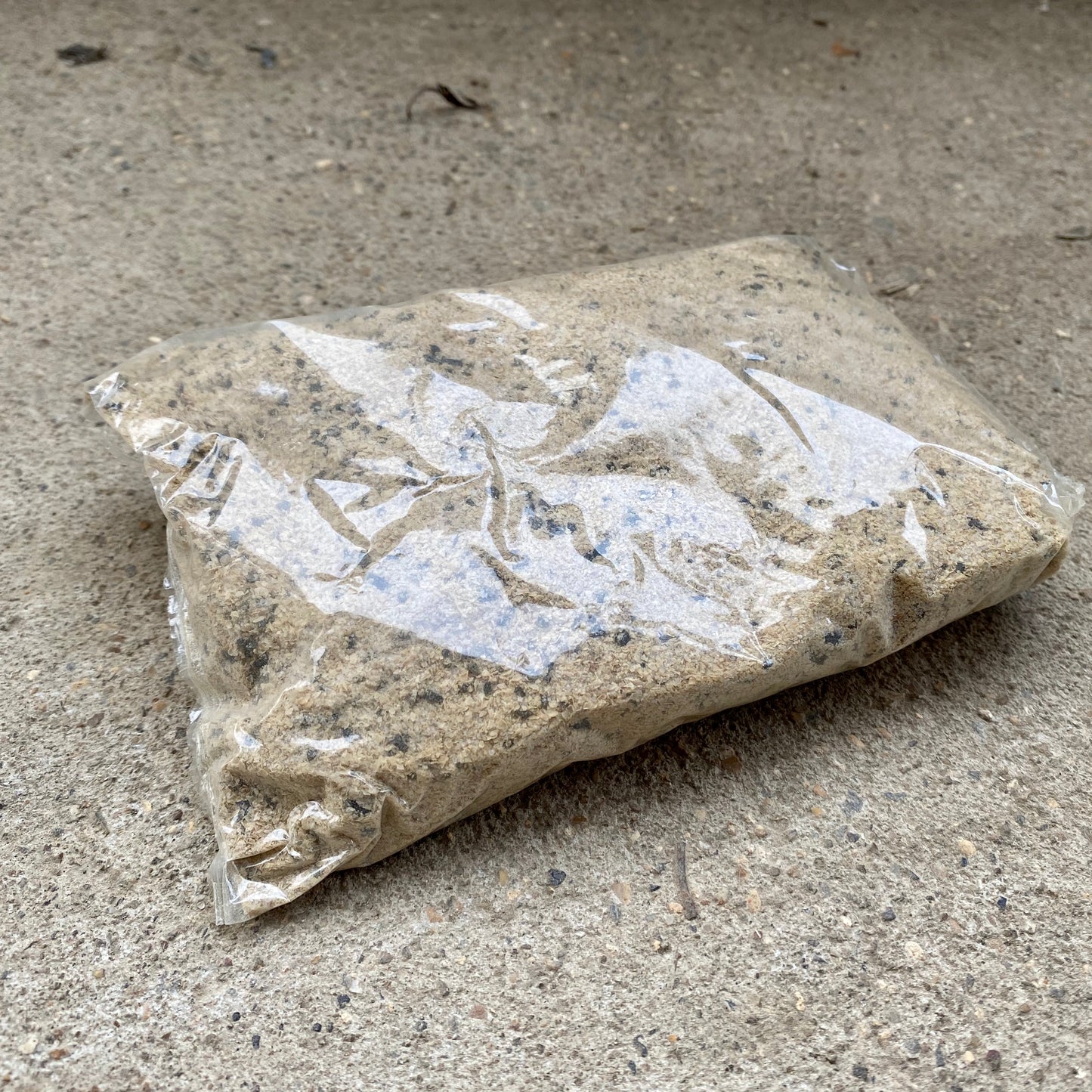
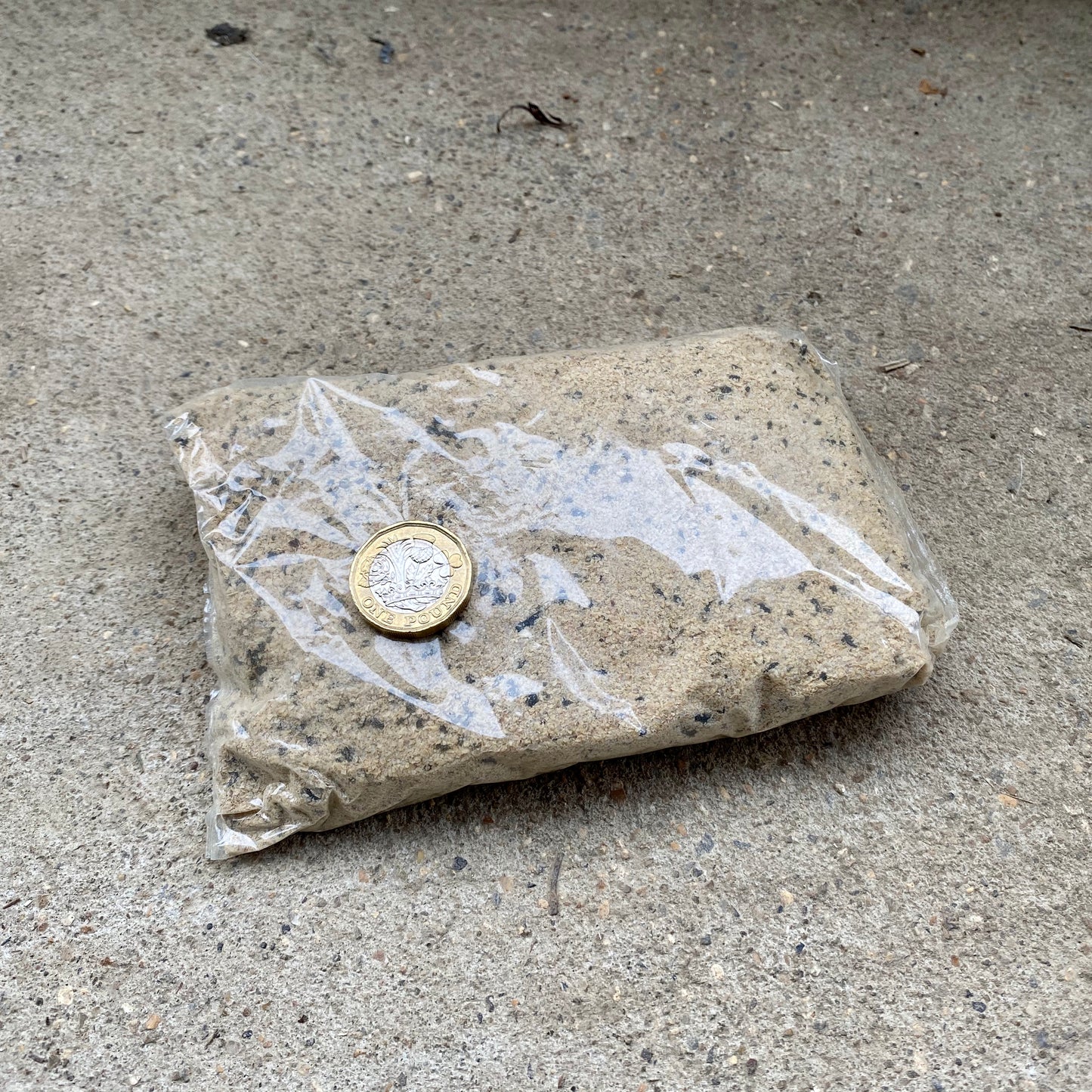
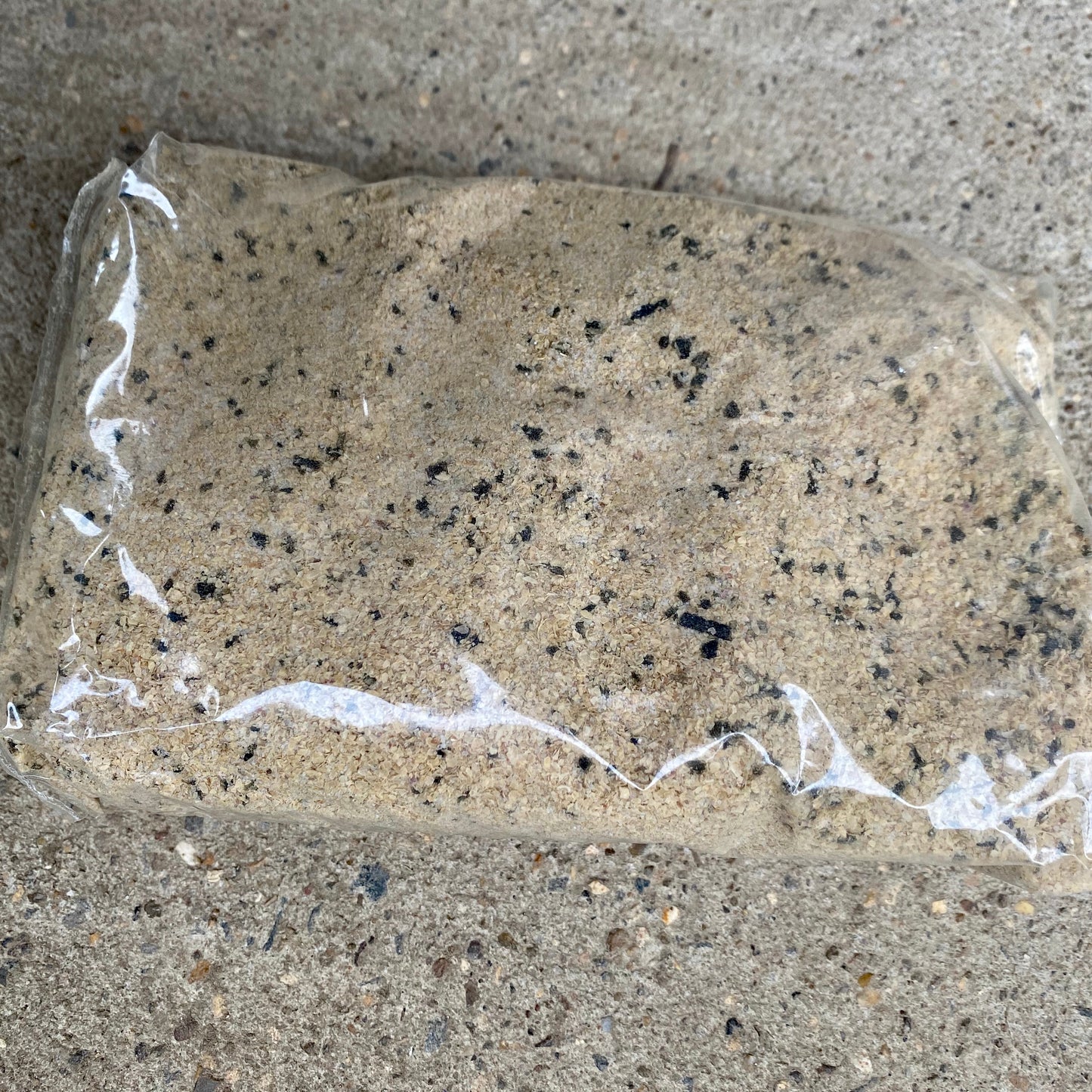
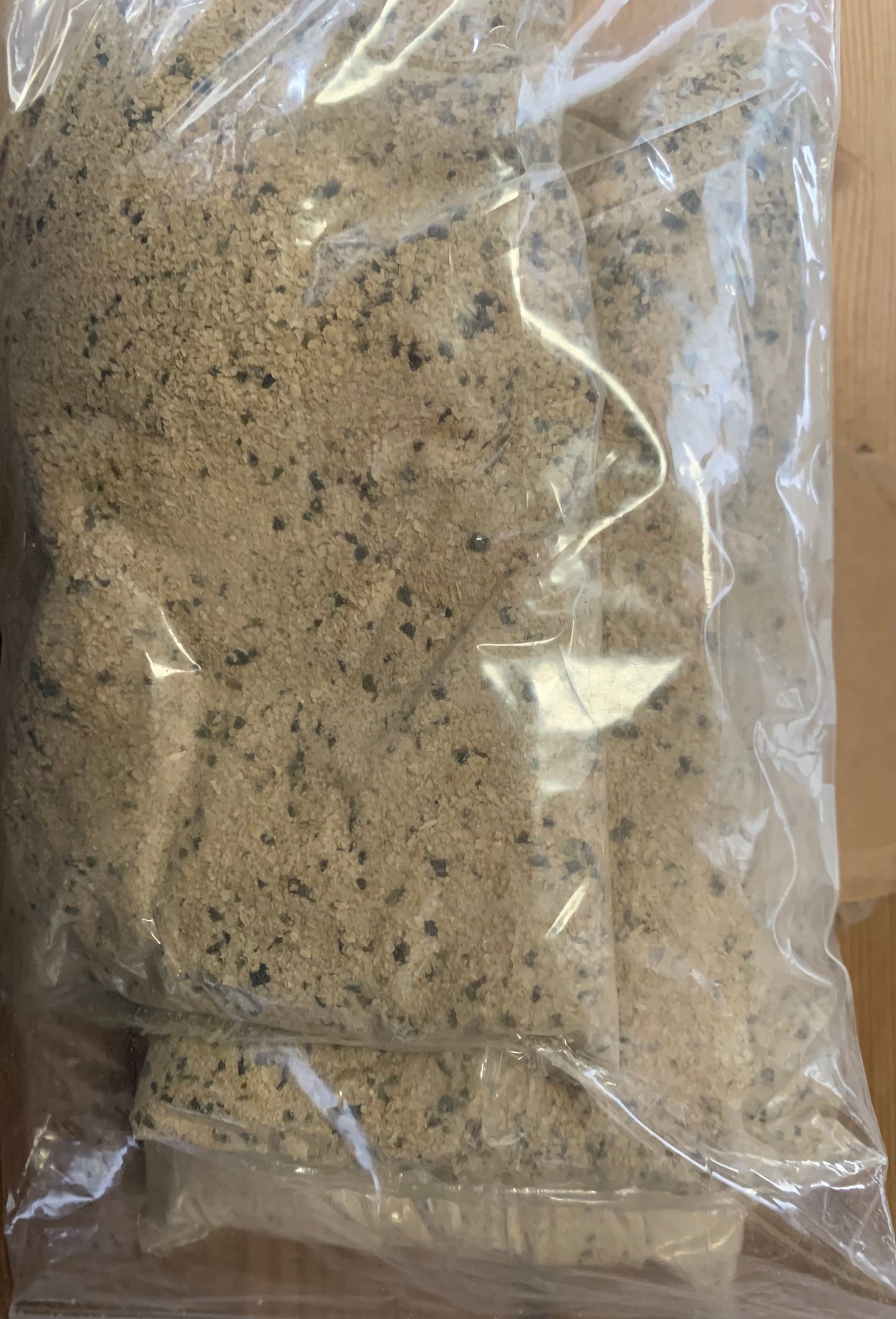
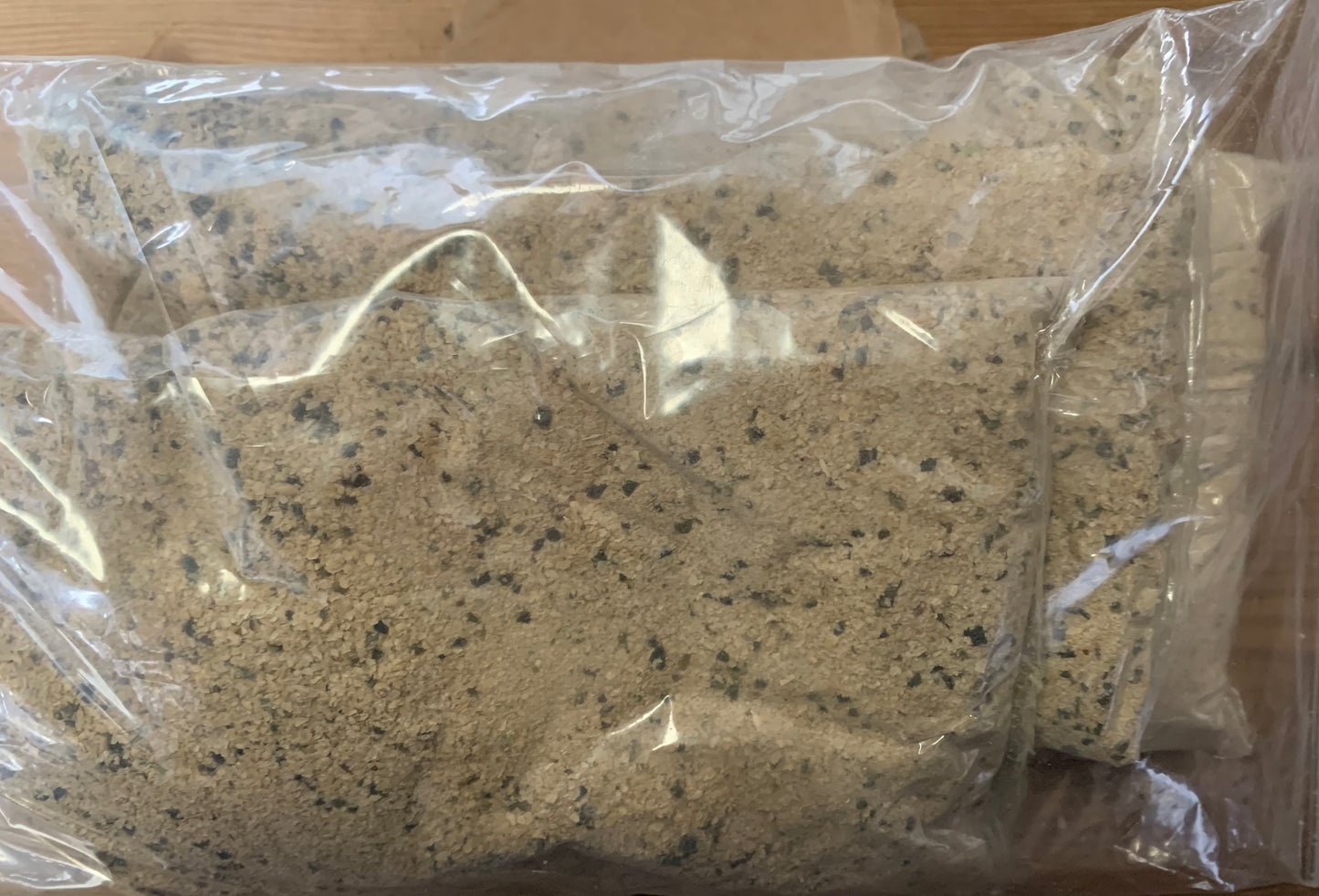
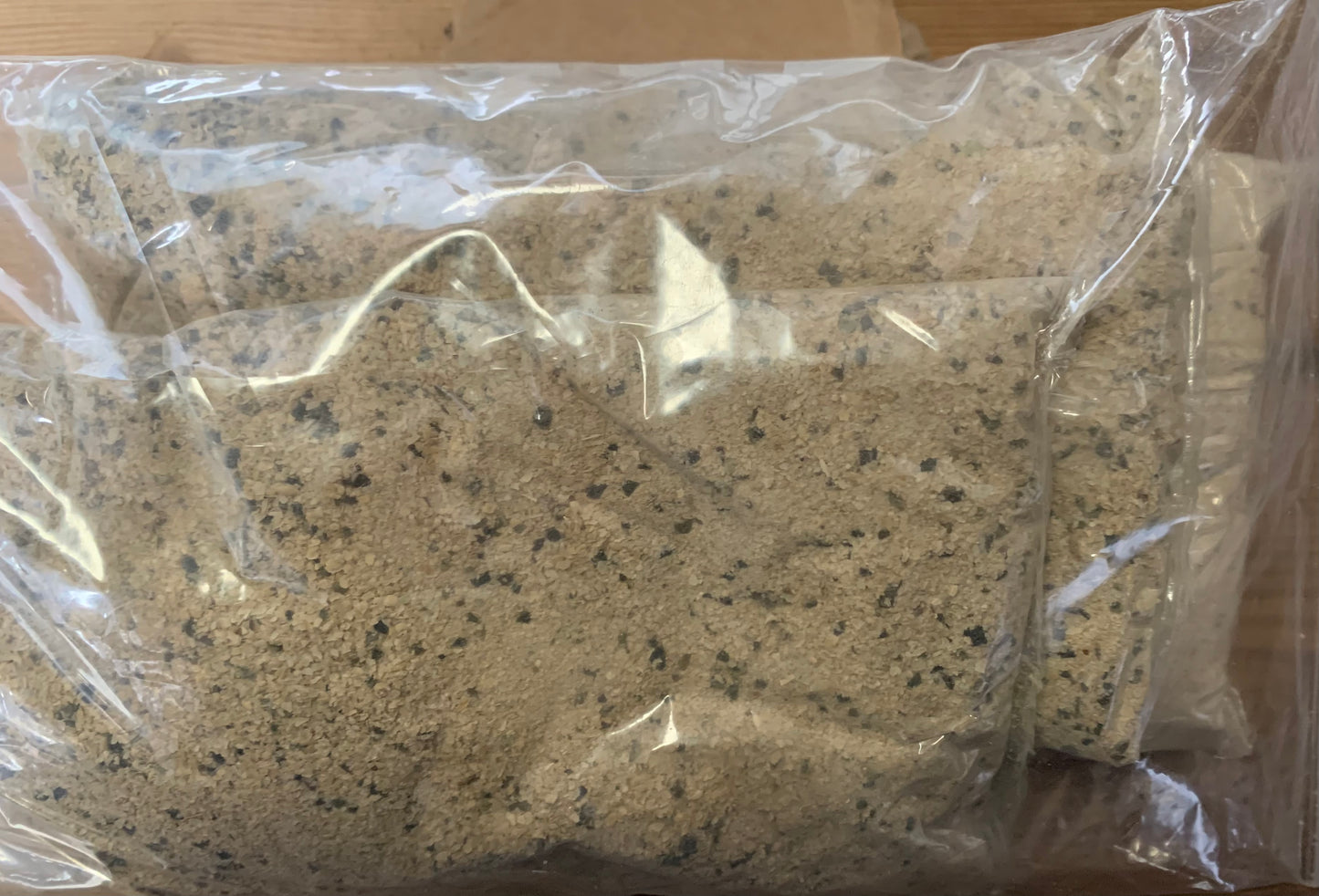
Hand Feed Your Pond Fish
Watch this video to learn how.
